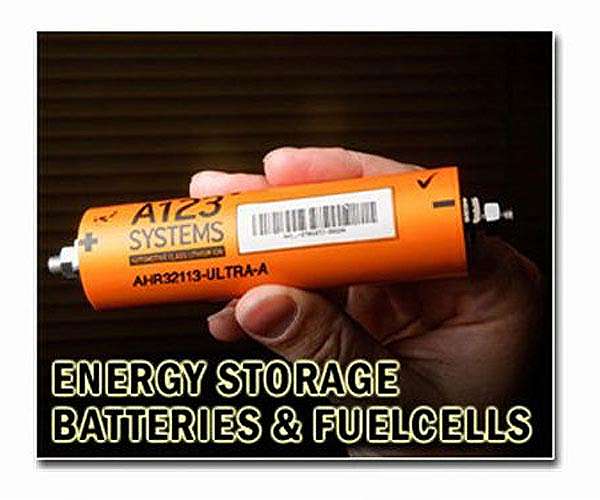Groundbreaking new material brings an affordable, sustainable future within reach
While lithium-ion batteries have been the foundational technology for everything from smartphones and laptops to electric cars, there are increasing concerns about their future because lithium is relatively scarce, expensive and difficult to obtain, and may soon be endangered due to geopolitical developments . considerations. Scientists around the world are working to create viable alternatives.
An international team of interdisciplinary researchers, including the University of Houston’s Canepa Research Laboratory, has developed a new type of material for sodium-ion batteries that could make them more efficient and improve their energy performance – paving the way for a more sustainable and affordable energy future.
The new material, sodium vanadium phosphate with the chemical formula NaxV2(PO4)3, improves the performance of sodium ion batteries by increasing energy density – the amount of energy stored per kilogram – by more than 15%. With a higher energy density of 458 watt-hours per kilogram (Wh/kg) compared to the 396 Wh/kg in older sodium-ion batteries, this material brings sodium technology closer to competing with lithium-ion batteries.
“Sodium is nearly 50 times cheaper than lithium and can even be extracted from seawater, making it a much more sustainable option for large-scale energy storage,” said Pieremanuele Canepa, Robert Welch assistant professor of electrical and computer engineering at UH and lead researcher. from the Canepa lab. “Sodium-ion batteries can be cheaper and easier to produce, reducing dependence on lithium and making battery technology more accessible worldwide.”
From theory to reality
The Canepa Lab, which uses theoretical expertise and computational methods to discover new materials and molecules to advance clean energy technologies, collaborated with the research groups led by French researchers Christian Masquelier and Laurence Croguennec from the Laboratoire de Rea’ctivite’ et the Chimie des Solides, a CNRS laboratory part of the Universite’ de Picardie Jules Verne, in Amiens, France, and the Institut de Chimie de la Matie`re Condense’e de Bordeaux, Universite’ de Bordeaux, Bordeaux, France for the experimental work on the project. This allowed the theoretical modeling to be experimentally validated.
The researchers created a battery prototype with the new material NaxV2(PO4)3, demonstrating significant improvements in energy storage. NaxV2(PO4)3, part of a group called “Na-superionic conductors” or NaSICONs, is designed to allow sodium ions to move smoothly in and out of the battery during charge and discharge.
Unlike existing materials, it has a unique way of dealing with sodium, allowing it to operate as a single-phase system. This means that it remains stable while releasing or absorbing sodium ions. This allows the NaSICON to remain stable during charging and discharging and delivers a continuous voltage of 3.7 volts versus sodium metal, higher than the 3.37 volts in existing materials.
While this difference may seem small, it significantly increases the battery’s energy density, or the amount of energy it can store for its weight. The key to its efficiency is vanadium, which can exist in multiple stable states, allowing it to retain and release more energy.
“The constant voltage change is an important feature,” says Canepa. “It means the battery can perform more efficiently without compromising the stability of the electrode. That’s a game-changer for sodium-ion technology.”
Opportunities for a sustainable future
The implications of this work extend beyond sodium ion batteries. The synthesis method used to make NaxV2(PO4)3 could be applied to other materials with similar chemistry, opening new possibilities for advanced energy storage technologies. That, in turn, could impact everything from more affordable, long-lasting batteries to powering our devices to help us transition to a cleaner energy economy.
“Our goal is to find clean, sustainable energy storage solutions,” Canepa said. “This material shows that sodium-ion batteries can meet the high energy demands of modern technology while being cost-effective and environmentally friendly.”
An article based on this work was published in the journal Nature Materials. Ziliang Wang, a former student of Canepa and now a postdoctoral researcher at Northwestern University, and Sunkyu Park, a former student of the French researchers and now a staff engineer at Samsung SDI in South Korea, performed much of the work on this project.
Research report:Obtaining V2(PO4)3 by sodium extraction from single-phase NaxV2(PO4)3 (1 < x < 3) positive electrode materials


